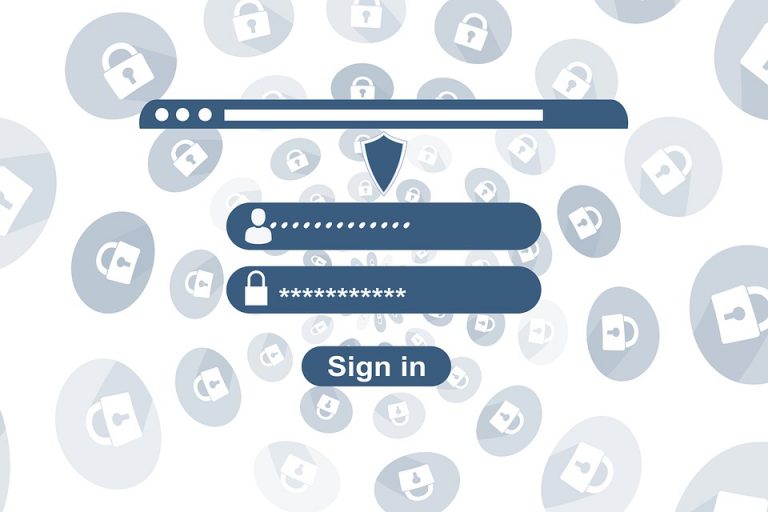One of the main methods of preventing scams nowadays is information. By knowing the most common types of fraud, the necessary precautions, and the warning signs, users can avoid becoming victims of scams. This is why StarsPay provides various content addressing the primary methods used by criminals, who are becoming increasingly creative and sophisticated.
A type of scam that has recently gone viral, for example, is the “wrong Pix,” whose operation and prevention are explained in this article. You can also find articles on the most common types of scams involving Pix, a guide with general rules for protecting yourself from online scams, and the main forms of online payment fraud. Now, it’s time to learn about the “Fake Customer Service” scam.
How Does It Work?
This scam is also known as “voice phishing” or “vishing” and involves deceiving the victim through a phone call, in which the criminal pretends to be a representative of a legitimate company to obtain confidential information. Scammers use various methods to gain the trust of their targets. On the other hand, the good news is that simple measures can prevent this type of fraud.
It all starts with receiving an unexpected call. The caller ID might even show the number of a legitimate customer service center because criminals can mask this type of information. After answering, the person is informed that they need to perform some operation or verification on their account. To appeal to emotions, the “attendant” may create a sense of urgency and danger, saying, for example, that the account has been hacked or that a high-value purchase has been made in the user’s name.
At this point, the scammer might even provide real data about the person, such as their address or the number of a document, obtained through the illegal purchase of a database. Seeing that their information matches what was given, the victim begins to trust that they are indeed speaking with a legitimate customer service center. This is when the scam is applied, with the scammer asking for sensitive information such as passwords, verification codes, and account numbers. If the target provides such data, the criminals can carry out fraudulent transactions or make purchases in their name, for example.
How to Protect Yourself
As with anything involving this type of scam, a healthy dose of skepticism is always valid. Upon receiving a call, the user should immediately be aware that they might be speaking with a scammer, as companies like banks rarely call a customer in this manner. If they do call, they will never ask for confidential information. Thus, the number one rule in such cases is to never disclose sensitive information during a call.
If you receive such a call, hang up, and if you want to confirm if something is wrong, wait five minutes and then make a call yourself to an official customer service number. Never make transfers or click on links received through messages, whether via SMS or apps. Always be skeptical, and if in doubt, end the call. Any offer that seems too good to be true is probably part of a scam.





